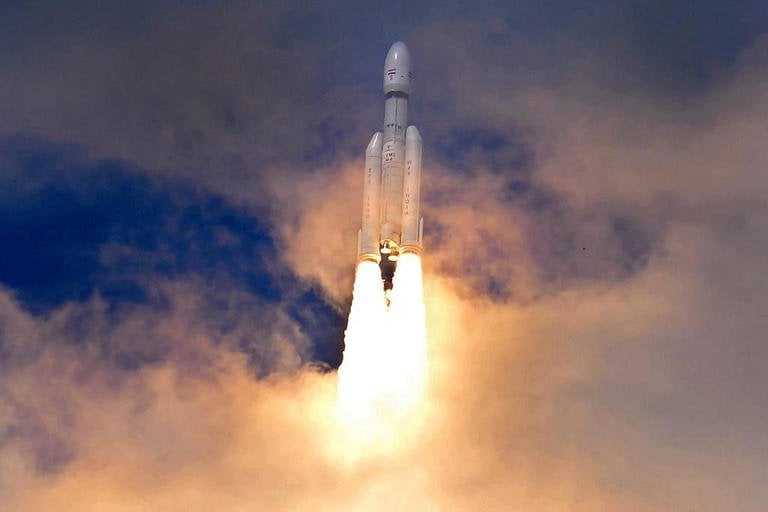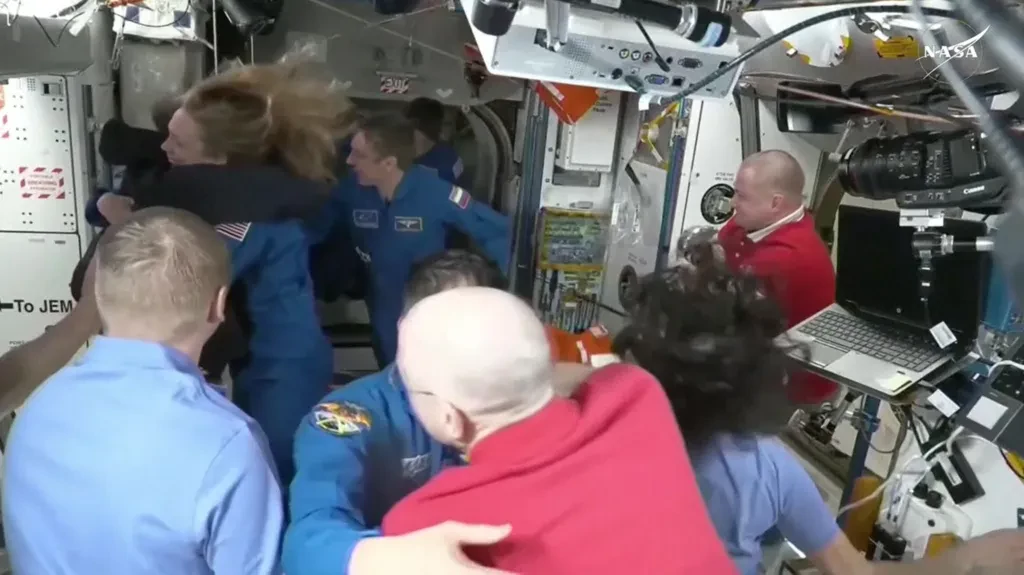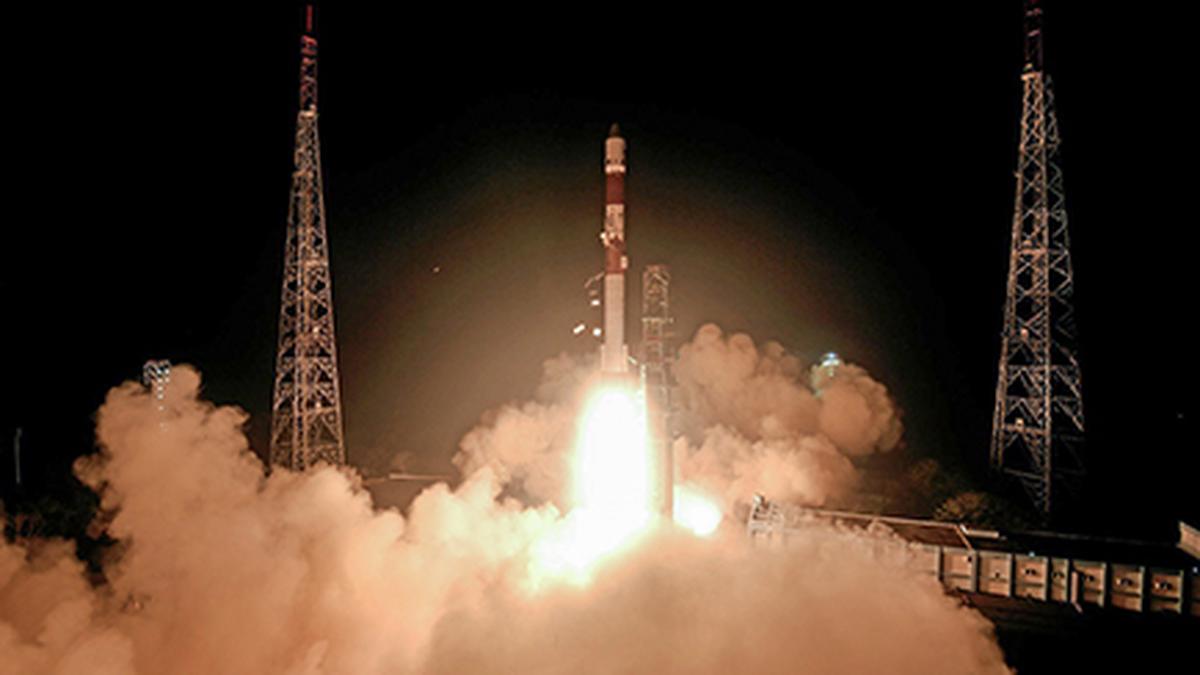Chandrayaan-3 successfully enters lunar orbit
The Indian Space Research Organisation (ISRO) on Saturday confirmed that the spacecraft successfully entered the Moon’s orbit at approximately 7 pm.

NEW DELHI, Aug 6: The Chandrayaan-3 has successfully entered into orbit around the Moon.
The Indian Space Research Organisation (ISRO) on Saturday confirmed that the spacecraft successfully entered the Moon’s orbit at approximately 7 pm.
“Lunar Orbit Insertion (LOI) maneuver was completed successfully today. With this, #Chandrayaan3 has been successfully inserted into a Lunar orbit. The next Lunar bound orbit maneuver is scheduled today (August 06, 2023), around 23:00 hrs IST,” the official Twitter handle for the Chandrayaan 3 (chandrayaan_3) tweeted at 7.53 pm on Saturday.
Chandrayaan-3 Mission:
— ISRO (@isro) August 4, 2023
The spacecraft has covered about two-thirds of the distance to the moon.
Lunar Orbit Injection (LOI) set for Aug 5, 2023, around 19:00 Hrs. IST. pic.twitter.com/MhIOE65w3V
ISRO also confirmed that all systems of the spacecraft are operational and healthy. “The health of the spacecraft is being continuously monitored from the Mission Operations Complex (MOX) at ISRO Telemetry, Tracking and Command Network (ISTRAC) in Bengaluru. All the systems of Chandrayaan-3 are healthy,” they said.
The spacecraft was launched on July 14, following which it successfully completed four orbit-raising maneuvers. On August 1, the spacecraft was inserted into the translunar orbit, slingshotting it towards the Moon. On Saturday, the spacecraft entered into orbit around the Moon. It will begin orbit maneuvers around the Moon, until its expected landing date around August 24 later this month.
The Chandrayaan-3 is the third mission in the Chandrayaan programme, ISRO’s mission towards lunar exploration. It is a follow-up mission of the Chandrayaan-2 in successfully performing a soft landing on the lunar surface and deploying a rover. The spacecraft contains a propulsion module, a lander and a rover, alongside several payloads to help it study several aspects of the Moon, including sampling the lunar surface.










Leave Comment